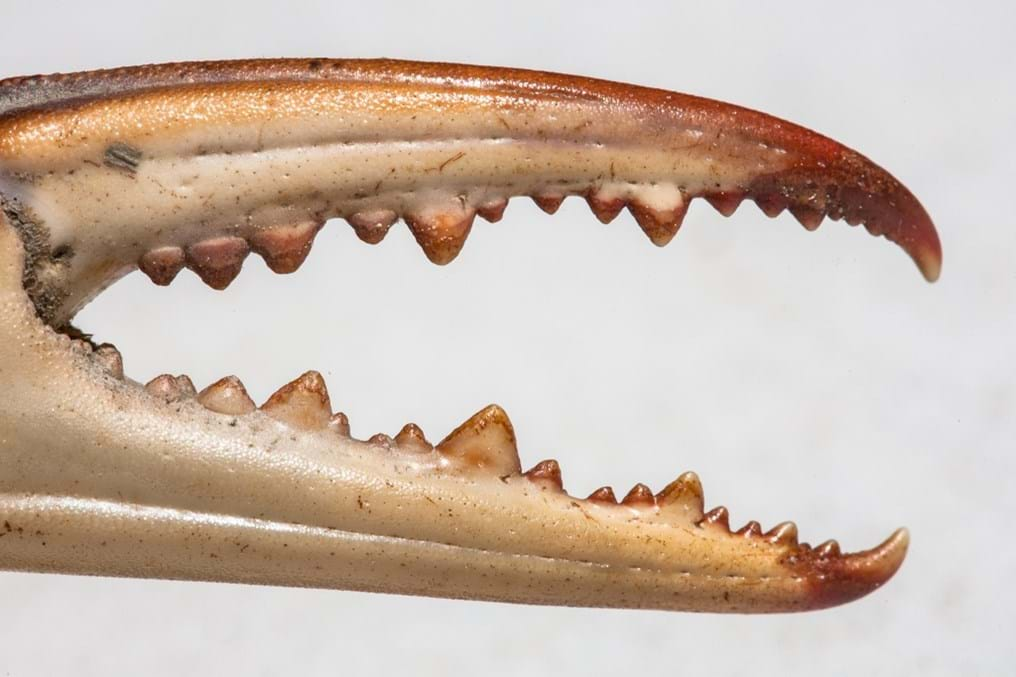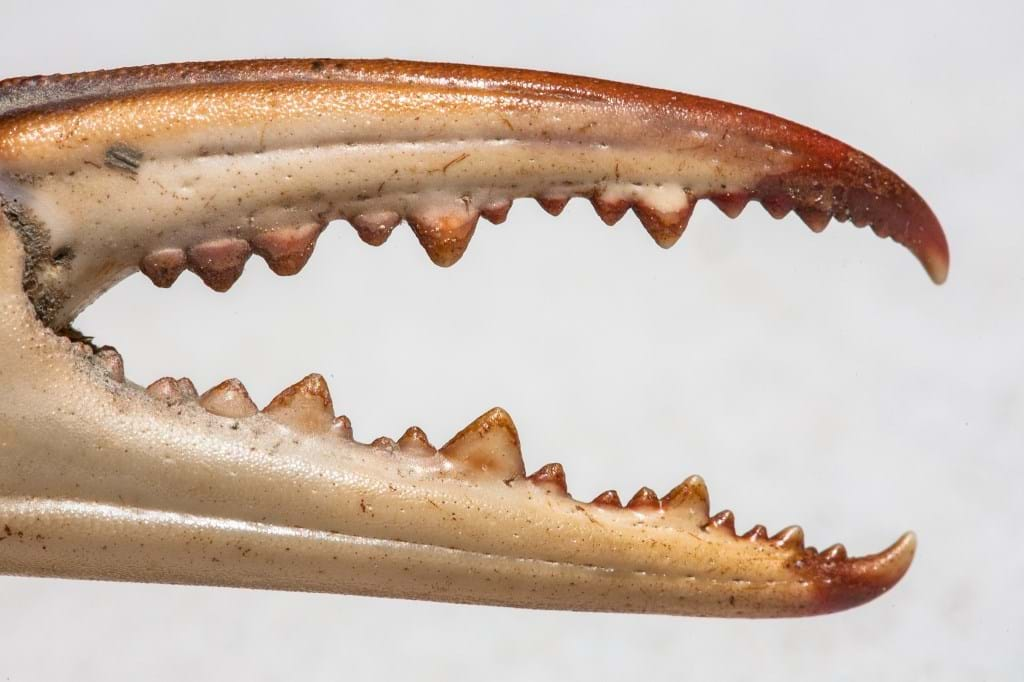Freshly packed in crustaceans (Day 240)

22nd January 2015

Current social, economic and political issues all influence what succeeds, and what gets left on the shelf.
Two issues which have received universal political pressure in recent times is the reduction of waste - in all its forms - and the protection for our environment.
Packaging, especially plastic bags, is a good example of a raft of measures and initiatives to change behaviour and usage including taxation, charging policies and a move towards more space efficient and compact packaging such as compressed aerosols.
Some of this pressure may see renewed interest in crustacean waste from the fishing industry being used as an alternative to oil-based packaging.
Chitosan is made out of the shells of prawns, king prawns and other crustaceans and its potential as an alternative source of food packaging has been considered for a while.
The amount of crustacean waste can be considerable. For every pound (0.45 kg) of picked crabmeat, some six pounds (2.7 kg) of shell and runny chum are left behind.
Turning this waste into packaging clearly has environmental benefits, and some preserving qualities too. It is biodegradable and has antimicrobial properties making it suitable for the food industry.
Some of these qualities were identified in a nice article as far back as 1997, featuring the thoughts of a young chemical engineer called Greg Payne, who is now a professor at the Institute for Bioscience and Biotechnology Research (IBBR). At the time he suggested that chitosan had untapped commercial potential, because of its unique chemical properties.
A research group of the UPV/EHU-University of the Basque Country in Europe has re-kindled interest in chitosan.
The work has been led by chemical engineer Itsaso Leceta, and she has demonstrated that chitosan films are effective in preserving vegetables like carrots for longer.
Although Itsaso's laboratory tests have been satisfactory, the journey towards an industrial use of chitosan for packaging food is still a challenge.
She says: "We have to go on conducting research. Just as with renewable energies, it is better to have various options... You have to work with different polymers, to reduce the use of petroleum-based materials as much as possible.
"If we take into consideration the whole life cycle, in many environmental categories our material is better than that which is manufactured using petroleum by-products.
"The key is the environment, and that has been the cornerstone of my thesis. If we don't manage to manufacture a material that is better from the environmental perspective, there will be no point in our work."
The use of chitosan still has a long way to go, but finding a productive use for thousands of tonnes of decaying crab waste, releasing ammonia and nitrates that evaporate in air and seep through soil, must be a journey worth continuing.